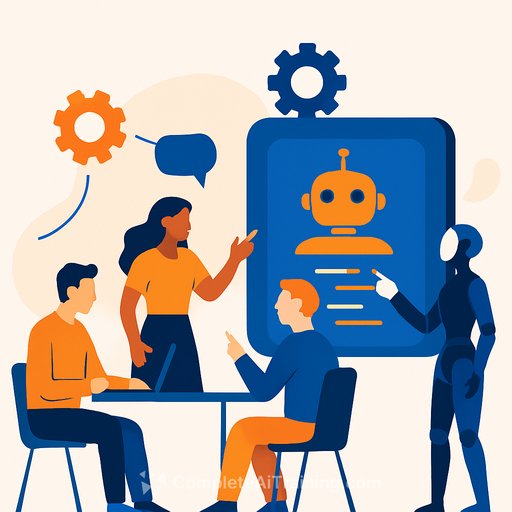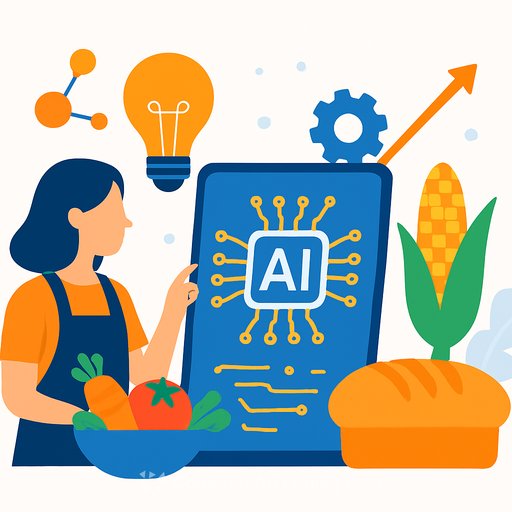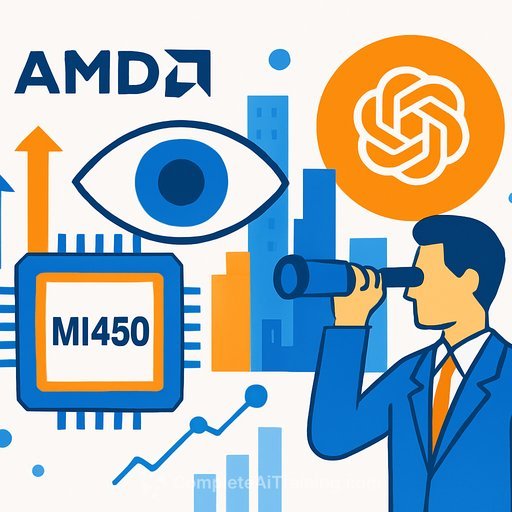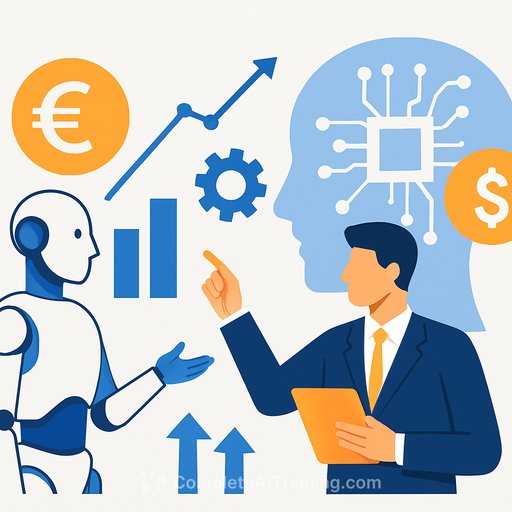The Role of Design Partners in Technology
As technology evolves, the concept of a “design partner” is emerging as a key element in product development. These AI-driven tools collaborate with designers through every stage, from ideation to prototyping. This partnership enhances creativity by combining human insight with machine precision, setting the stage for innovative breakthroughs as we move further into 2025.
AI agents at the core of this shift can iterate on designs instantly, using large datasets to recommend improvements. For example, recent tools enable co-creation with AI, speeding up product development cycles in fields like architecture and physical product design.
AI’s Role in Collaborative Design
Industry research, such as the McKinsey Technology Trends Outlook 2025, highlights AI as a leading trend impacting executives. AI-ready data and intelligent agents facilitate collaboration that mimics human teamwork but operates at much faster speeds. This is especially valuable in areas like sustainable packaging, where tech partnerships are producing innovative solutions.
A notable example is the collaboration between the Chilean salmon industry and MIT, which used AI in a design competition to develop eco-friendly packaging. This shows how design partners can address practical challenges such as environmental impact.
Emerging Trends and Industry Applications
Looking ahead, Autodesk’s report Looking Forward: Examining the Trends Shaping Design and Make in 2025 underlines the growing role of cloud-based collaboration combined with AI in design workflows. Industries from manufacturing to architecture will increasingly rely on these tools to accelerate prototyping and improve decision-making.
Other technologies like quantum computing and blockchain are expected to support design security and scalability. Gartner's Hype Cycle for Artificial Intelligence 2025 identifies AI agents as the fastest-growing innovation, capable of handling tasks from predictive modeling to ethical review, ensuring designs are both innovative and responsible.
Challenges and Ethical Considerations
Integrating AI partners brings challenges. Ethical concerns and regulatory pressure around data privacy are major considerations, as highlighted in recent tech innovation overviews. Additionally, the shortage of skilled talent able to work alongside these AI tools presents a risk for adoption.
Conversations on platforms like X (formerly Twitter) reflect industry interest, with design professionals discussing AI’s expanding role in architecture and product design events. Companies such as realme are also investing heavily in AI-enhanced smartphone design, demonstrating commitment to AI partnerships in R&D for 2025.
Case Studies from Global Partnerships
Real-world examples reinforce the value of design partners. The PolyU Design Show 2025 featured student projects where AI contributed to prototypes in wearables and urban planning. Similarly, DFI showcased ESG-focused AI solutions for rugged systems at the Automation Expo 2025, highlighting practical outcomes of these collaborations.
In the U.S., partnerships highlighted in Intent Tech Pub’s Top 10 Partnerships Shaping the U.S. Tech Ecosystem in 2025 underscore how AI and cloud-based collaborations are driving advances in commerce, automating processes, cutting costs, and enhancing creativity.
Future Outlook and Strategic Imperatives
By mid-2025, design partners will shift from optional tools to essential collaborators. Industry leaders predict a rise in AI-human hybrid workflows, where emotional intelligence complements computational accuracy.
Success depends on strategic adoption, including investment in workforce training and ethical frameworks. As noted in Simplilearn’s 25 New Technology Trends for 2025, companies that integrate AI with blockchain and other emerging tech will be better positioned for market resilience.
Innovations in Specific Sectors
Interior design is set for major change through AI and VR tools, enabling virtual walkthroughs that improve client engagement. Combined with IoT, these technologies allow for highly personalized, adaptive living and working spaces.
Events like PartnerTechX 2025 have showcased AI’s influence on ecosystems, including co-selling strategies and sustainable initiatives like tech-linked tree planting programs.
In conclusion, design partners are reshaping how products are developed by blending technology with creativity. Product development professionals who integrate these tools effectively will be at the forefront of innovation in 2025 and beyond.
Your membership also unlocks:






